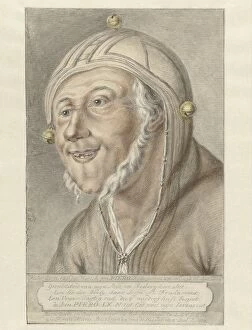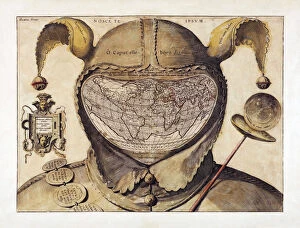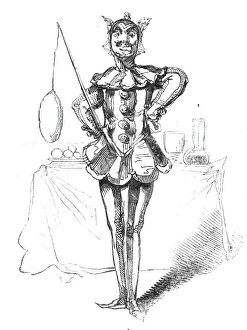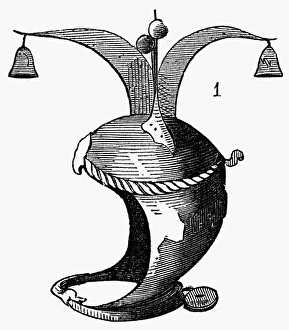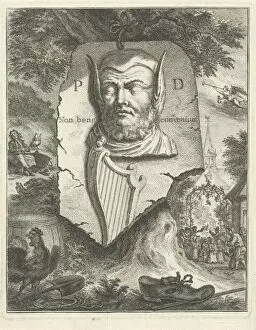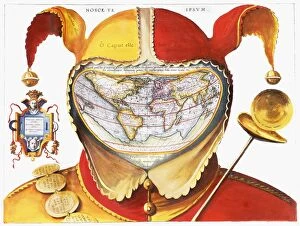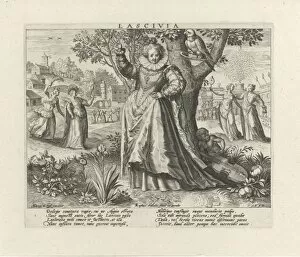Fools Cap Collection
"Fools Cap: A Symbol of Laughter, Revolution, and Wisdom" In the true reform of Parliament, patriots ignited a revolutionary-bonfire in New Palace Yard
All Professionally Made to Order for Quick Shipping
"Fools Cap: A Symbol of Laughter, Revolution, and Wisdom" In the true reform of Parliament, patriots ignited a revolutionary-bonfire in New Palace Yard. James Gillray captured this historic moment with his satirical artwork. Amidst the laughter and jesters, an oil painting titled "Laughing Jester" depicts the whimsical nature of these entertainers who brought joy to all. "The Lady and Death, " a copperplate engraving from 1541, reminds us that even fools cannot escape mortality's grasp. It serves as a poignant reminder of life's fleeting nature. "The Jester, " created by Hans Holbein the Younger in c. 1519-20, showcases the artist's mastery in capturing both humor and depth within one character. A fool's cap world map from c. 1590 takes us on a journey through time and space. This intricate engraving offers insights into how people perceived our vast planet during that era. Hans Holbein the Younger presents Queen Elizabeth I wearing her regal attire but also donning a jester's cap in his intriguing creation called "Queen. " It symbolizes her ability to balance power with wit. "Foolish Knowledge and Foolish Love Trying to Restrain the World" portrays two contrasting forces attempting to control humanity—an eternal struggle depicted through artistry. Unknown characters from Shakespeare's Twelfth Night come alive in "The Kings Fool" (1844). This enigmatic figure adds depth to the play while reminding us of folly amidst mirthful tales. Medieval punishment took various forms; one such method involved degrading individuals by making them wear helmets adorned with jesters' caps and bells—a stark reminder of society's cruelty towards those deemed foolish or unworthy. Hans Holbein the Younger explores letter R through his unique lens, showcasing its intricacies while hinting at deeper meanings hidden within symbols—perhaps suggesting that even the alphabet can hold foolish secrets.

